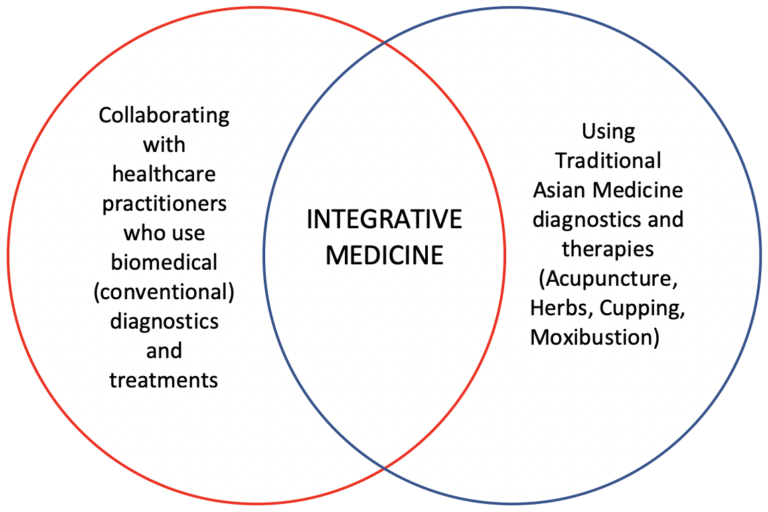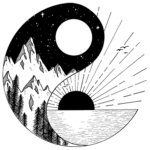MISSION: To assist you on your path to health and wellness using integrative medicine
MISSION: To assist you on your path to health and wellness using integrative medicine
What is your path (“tao” 道) to health?
Everyone has a unique path (tao) to healing based on your unique constitution (genetics), environment, culture, values/beliefs, and lifestyle.
What is Integrative Medicine?
According to the Academic Collaborative for Integrative Health, integrative medicine is the practice of medicine that reaffirms the importance of the relationship between practitioner and patient, focuses on the whole person, is informed by evidence, and makes use of all appropriate therapeutic approaches, healthcare professionals, and disciplines to achieve optimal health and healing.1
Both conventional biomedicine and traditional East Asian medicine have their strengths and limitations. At Tao to Health, we strive to integrate the best of Traditional East Asian/Korean medicine and modern western science that meets your unique health needs.

Integration of Biomedicine and East Asian medicine
What conditions can acupuncture treat?
Acupuncture is the most commonly used medical procedure in the world and increasingly more hospitals in the U.S. are offering acupuncture as a complementary therapy in both outpatient and inpatient settings.2 The World Health Organization (WHO) 2002 report lists the following conditions that are commonly treated with acupuncture.3,4
Musculoskeletal/Neurological:
- Chronic pain
- Headache
- Knee pain
- Low back pain
- Neck pain
- Periarthritis of shoulder
- Postoperative pain
- Renal colic
- Sciatica
- Sprain
- Elbow pain
Based on the WHO 2002 Report, acupuncture may also help treat the following conditions:
- Mental Health: Depression, anxiety
- Gastrointestinal: Biliary colic, dysentery, stomach pain, nausea and vomiting
- Cardiovascular: Hypertension, hypotension, post-stroke hemiglegia
- Immune: Allergies, rheumatoid arthritis
- OBGYN: Induction of labor, morning sickness, painful menstruation

References:
- ACIH. (n.d.). Welcome to ACIH. Academic Collaborative for Integrative Health. Retrieved from http://integrativehealth.org.
- National Certification Commission for Acupuncture and Oriental Medicine. (2014). The NCCAOM Certification in Acupuncture. Retrieved from https://www.nccaom.org/wp-content/uploads/pdf/Acupuncture%20Cert%20Brochure.pdf.
- World Health Organization. (2002). Acupuncture: Review and analysis of reports on controlled clinical trials. Available from http://ebookcentral.proquest.com.
- Hempel, S., Taylor, S.L., Solloway, M.R., Miake-Lye I.M., Beroes J.M., Shanman ,R., Booth, M.J.,…Shekelle, P.G. E(2014) . Evidence Map of Acupuncture [Internet]. Washington (DC): Department of Veterans Affairs.
